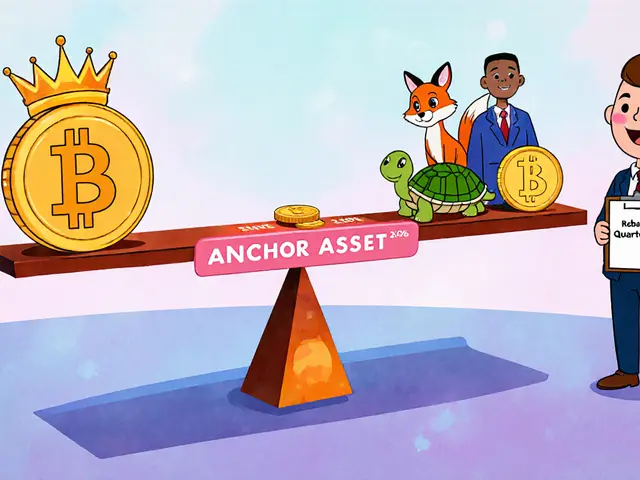The future of blockchain consensus is moving beyond energy-heavy Proof-of-Work. By 2026, hybrid models, zero-knowledge proofs, modular architectures, and AI-driven validation will define secure, scalable, and sustainable blockchains for finance, government, and enterprise use.
Proof-of-Stake: How It Powers Crypto Networks and Changes How You Earn
When you hear Proof-of-Stake, a consensus mechanism that lets crypto networks validate transactions based on how much coin someone holds and is willing to "stake" as collateral. Also known as PoS, it's the reason Ethereum no longer burns electricity to mine blocks—and why you can now earn crypto just by holding it. Unlike old-school mining, where computers raced to solve puzzles, Proof-of-Stake picks validators based on their stake. The more you lock up, the higher your chance to be chosen to confirm transactions. This cuts energy use by over 99% and turns passive holdings into income.
Proof-of-Stake doesn’t work alone. It relies on staking rewards, the crypto payments validators earn for keeping the network honest. These aren’t gifts—they’re incentives. If you try to cheat, you lose your staked coins. That’s the core trade-off: lock up your assets, help secure the network, and get paid. It’s also why Ethereum staking, the process of locking up ETH to become a validator on Ethereum 2.0 became so popular after the Merge. Suddenly, millions of people could earn 3-5% annually just by holding ETH, not trading it.
But not every PoS chain is the same. Some, like Proof-of-Stake networks such as Solana or Cosmos, let you delegate your stake to a validator instead of running your own node. Others, like Binance Chain, require you to hold a minimum amount to participate. And then there are projects that fake PoS—claiming rewards but locking your funds forever. That’s why the posts below show you real examples: what actually pays out, what scams look like, and which wallets or exchanges make staking simple. You’ll find breakdowns of tokens like WINGS, EQPAY, and VDR that reward staking, plus deep dives into how block rewards and transaction fees work under PoS. You’ll also see why some projects—like Baryon Network or Daisy Launch Pad—failed even though they used PoS. It’s not just the tech. It’s the team, the liquidity, and whether they actually build something people use. This isn’t theory. It’s what’s happening right now on chains that matter.





